Regulatory Compliance
Regulatory compliance is emerging as a significant driver for the Forestry Lubricant Market. Governments and environmental agencies are increasingly implementing stringent regulations regarding the use of lubricants in forestry operations. These regulations often mandate the use of environmentally friendly products, which has led to a shift in consumer preferences towards compliant lubricants. Companies that fail to adhere to these regulations may face penalties, thereby incentivizing the adoption of compliant products. This regulatory landscape is likely to create opportunities for manufacturers who can develop lubricants that not only meet compliance standards but also offer enhanced performance. As such, the Forestry Lubricant Market is expected to see a rise in demand for products that align with these regulatory requirements.
Technological Innovations
Technological advancements in lubricant formulations and application methods are significantly influencing the Forestry Lubricant Market. Innovations such as synthetic lubricants, which offer superior performance and longevity, are becoming increasingly prevalent. These products are engineered to withstand extreme conditions, thereby enhancing the efficiency of forestry equipment. Moreover, the integration of smart technologies, such as IoT sensors, allows for real-time monitoring of lubricant conditions, optimizing usage and reducing waste. This technological evolution not only improves operational efficiency but also aligns with the industry's push towards more sustainable practices. As a result, the Forestry Lubricant Market is likely to experience a surge in demand for high-performance lubricants that leverage these advancements.
Sustainability Initiatives
The increasing emphasis on sustainability within the forestry sector appears to be a pivotal driver for the Forestry Lubricant Market. As companies strive to minimize their environmental footprint, the demand for eco-friendly lubricants is likely to rise. This shift is evidenced by the growing adoption of biodegradable and non-toxic lubricants, which are designed to reduce pollution and enhance soil health. Furthermore, regulatory frameworks are becoming more stringent, compelling manufacturers to innovate and produce lubricants that align with sustainability goals. The Forestry Lubricant Market is thus witnessing a transformation, where products that meet these environmental standards are not only preferred but may also command a premium price. This trend suggests a potential for growth in market segments focused on sustainable practices.
Rising Mechanization in Forestry
The trend towards increased mechanization in forestry operations is a crucial driver for the Forestry Lubricant Market. As forestry companies invest in advanced machinery to enhance productivity, the need for specialized lubricants that can withstand the rigors of heavy-duty equipment becomes paramount. This mechanization trend is reflected in the growing sales of forestry machinery, which has seen a steady increase over the past few years. Consequently, the demand for high-quality lubricants that ensure optimal performance and longevity of these machines is likely to rise. The Forestry Lubricant Market must adapt to this changing landscape by offering products that cater specifically to the needs of modern forestry equipment, thereby capitalizing on this mechanization trend.
Growing Awareness of Equipment Maintenance
The growing awareness of the importance of equipment maintenance in the forestry sector is likely to drive the Forestry Lubricant Market. As operators recognize that proper lubrication is essential for the longevity and efficiency of machinery, the demand for high-quality lubricants is expected to increase. This awareness is often fueled by training programs and industry best practices that emphasize the role of lubricants in preventing wear and tear. Furthermore, the correlation between effective lubrication and reduced operational costs is becoming more apparent, prompting forestry companies to invest in superior lubricants. Consequently, the Forestry Lubricant Market may experience a boost as companies prioritize maintenance practices that enhance equipment performance and reliability.


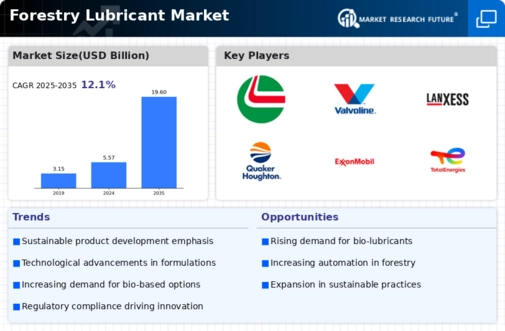
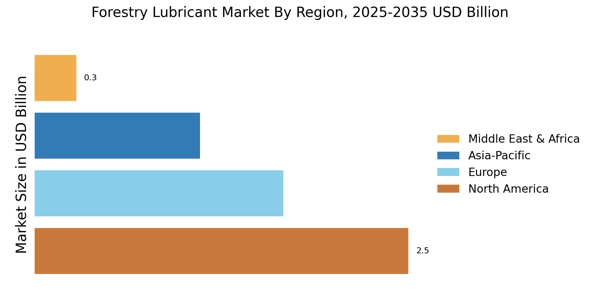
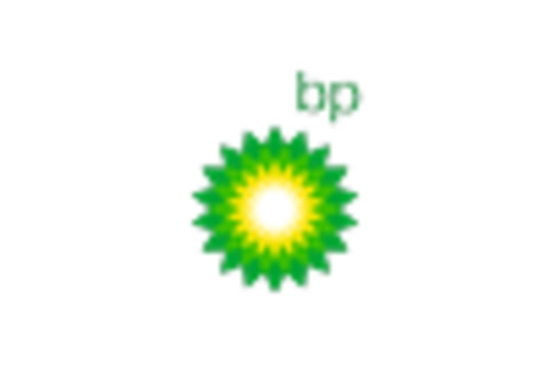
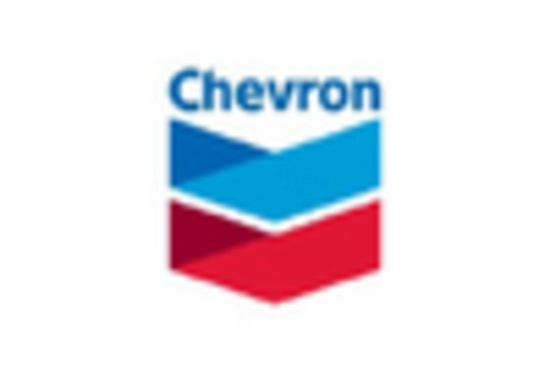

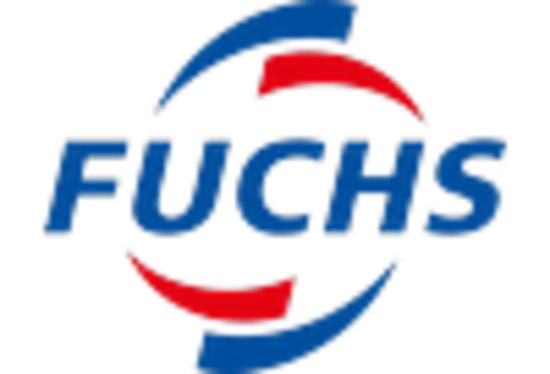
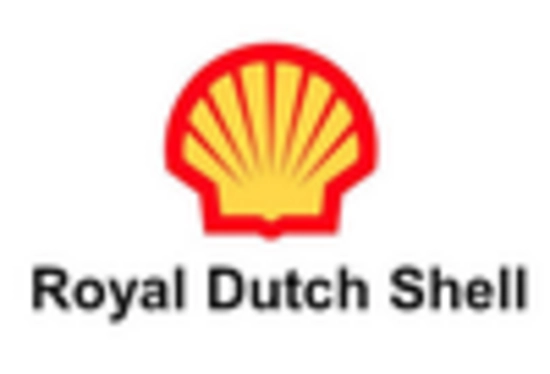









Leave a Comment